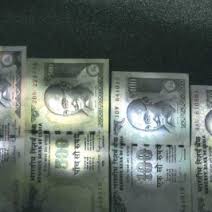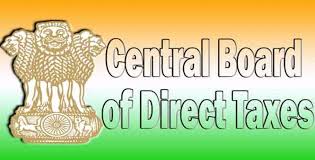
There is an excitement in the country about GST. People want to understand the process of GST. Through this article, we present some points about the process of filing returns.
Every trader will have to file returns once a month and pay tax. The input credits of taxes that have been paid on purchases will be automatic and will be available to every trader. The whole process of filing returns is online. If accounts are kept in the Excel sheet provided by GSTN, then the same account will automatically be converted into returns with the help of an offline tool every month.
If a trader sells all his merchandise only to retail customers, then the returns of such a trader will be very simple – the summary of rate-wise turnover will be shown. If a trader avails of the composition scheme and has a turnover of less than Rs.50 lakh, such a trader will not have to file returns every month, but every three months, showing the total turnover.
Traders selling business-to-business merchandise must give specific details for each sale invoice in their returns. When a trader’s sales details are entered into the form of returns on the GST website by the 10th of the month, the complete details of purchases made by his buyers will be seen in his GSTR-2 (GST Online Account). That means it will auto-populate.
With the purchasing buyer clicking okay, after looking at these details, the merchant’s GSTR-3 return will appear in the computer itself. The GSTN system will auto prepare and show the merchant’s tax liability and the complete details of the input tax credit, along with net tax liability. The trader would be required to deposit the difference between tax liability and input tax credit. Taxes must be deposited online or in the bank.
After this, the trader will have to submit the final return made by computer by clicking on GSTR-3 and submitting it by the 20th of the month. There is an arrangement in business-to-business transactions which we call the input tax credit reversal, which is to return the input tax credit taken. A lot of people have expressed concern about this, but if you understand the whole process, then you would fully support it.
If the trader from whom you buy goods has shown that transaction in his return by the 10th of the month, you will get input tax credit. Suppose the person selling the goods does not put that invoice in his returns, even then you will get an opportunity to show it in your GSTR-2 return by the 15th of the month, and by doing so, you will get full input tax credit.
After that, you have to contact the businessman (the supplier) and explain that he must show that transaction in his return so that there is no reversal of the input tax credit received in the next month. You will get 30 days for this and if even then the merchant who sells the merchandise does not accept this transaction and does not show it in his return, then the input tax credit tax that you got would be reversed in your returns next month.
It is the duty of every businessman to deal with such traders who have deposited the tax with the government after collecting the tax from you.On the basis of the default of each merchant, they will be given a compliance rating, which will be visible to all other traders so that you do not do business with frequent defaulters.
Source: http://blogs.economictimes.indiatimes.com/et-commentary/gst-filing-returns-will-no-longer-be-taxing/





